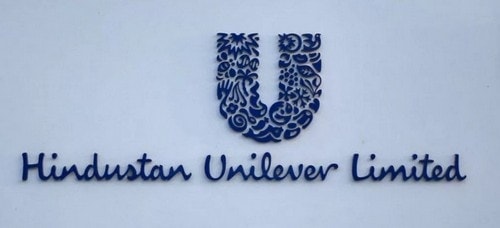With such a large number of household brands under each product categories whether it is home care, food & refreshments, personal care and toiletries HUL are leading in the markets it is present into which is helping the brand in achieving consistent, competitive and profitable growth.
Operating in length and breadth of the country with large SKU’s (stock keeping unit) to serve each and every segment of the society has helped the company to emerge as a biggest FMCG player in India.
Table of Contents
Segmentation, targeting, positioning in the Marketing strategy of HUL –
HUL uses a mix of demographic, geographic and psychographic segmentation variables to address the changing needs of the customers.
It uses differentiating targeting strategies to make the products available to the customer accordingly as per their choice.
HUL has a large number of brands in its brand portfolio and it positions the brands on benefit and usage based positioning strategies.
Marketing mix – Here is the Marketing mix of HUL.
SWOT analysis – Here is the SWOT analysis of HUL.
Mission- “To bring social change through its brands”
Vision- “To make sustainable living commonplace”
Tagline-“Each product in its portfolio have different taglines”.
Competitive advantage in the Marketing strategy of HUL –
A leader in FMCG market: With a presence in different consumer good segments along with the large SKUs of each brand in different product categories, HUL is ruling the market. According to Nielsen data, 2 out of 3 consumers in the market HUL server uses HUL products.
Brand Visibility: With more than 35 brands across the different segments such as oral care, personal care, home care, toiletries, packaged foods and many other is helping the company in achieving high shelf space in the shops of the retailers which results into high brand awareness and high visibility.
Financial strong position parent company: Unilever itself being a strong financial company have 67% share in Hindustan Unilever Co. Ltd.
Strong Product line: It offers product categories namely oral care, personal care, household surface, fabric care and pet nutrition etc. having deep assortments across the product categories.
BCG Matrix in the Marketing strategy of HUL –
In the BCG matrix, the personal care and oral care segment of the business is Stars in the BCG matrix while the home care and packaged food are a question mark due to the presence of a large number of local, national and international players in the market.
Distribution strategy in the Marketing strategy of HUL –
HUL works on go-to-market strategies to reach out each and every part of the country with its varied types of a distribution channel. By closely working with 2700+ redistribution stockists and shoppers every day to maximise their sales HUL makes sure that whether it is a small Kirana store or drug store or pops and mums store at a distant location their product should reach to all these locations on time every time.
Brand equity in the Marketing strategy of HUL –
With such high TOMA (top of mind awareness) and working closely with the distributors to reach out to a diverse group of customers through multiple channels, HUL has emerged as a front-runner in the FMCG industry in India.
Engaging with the communities through different mediums like social and digital platforms has helped the company in becoming most favoured FMCG Company in India.
Many brands of HUL have been in the list of Brand Equity’s most trusted brands.
Competitive analysis in the Marketing strategy of HUL –
Having large number brands with deep assortments has helped the company in achieving a high share of wallet of the customers. Distribution is one of the critical instruments in the success of the FMCG players in a country like India and HUL through its robust & innovative distribution model such as Shakti Amma and many others have been successful in making the products available to the customers through different mediums.
In the FMCG market, it competes with local and MNC players such as P & G, Godrej, Reckitt Benckiser and many others.
Market analysis in the Marketing strategy of HUL –
The FMCG market is overcrowded with local national and international MNCs who are eating up each other’s market share but the main issue is to tap the vast potential of the rural market which is still is in the growth stage and is not have the accessibility of various products and services.
The high infrastructure investment in setting up of the FMCG Company in itself is the entry and exit barrier to the industry. Many FMCG company outsource the products from the local manufacturers as per the standards set by the FMCG company and confidentiality agreement which helps the FMCG Company in minimising the operational cost.
Customer analysis in the Marketing strategy of HUL –
The customer of HUL ranges from a newborn baby to the senior citizens. It has products for every section of the society.
Liked this post? Check out the complete series on Strategies

